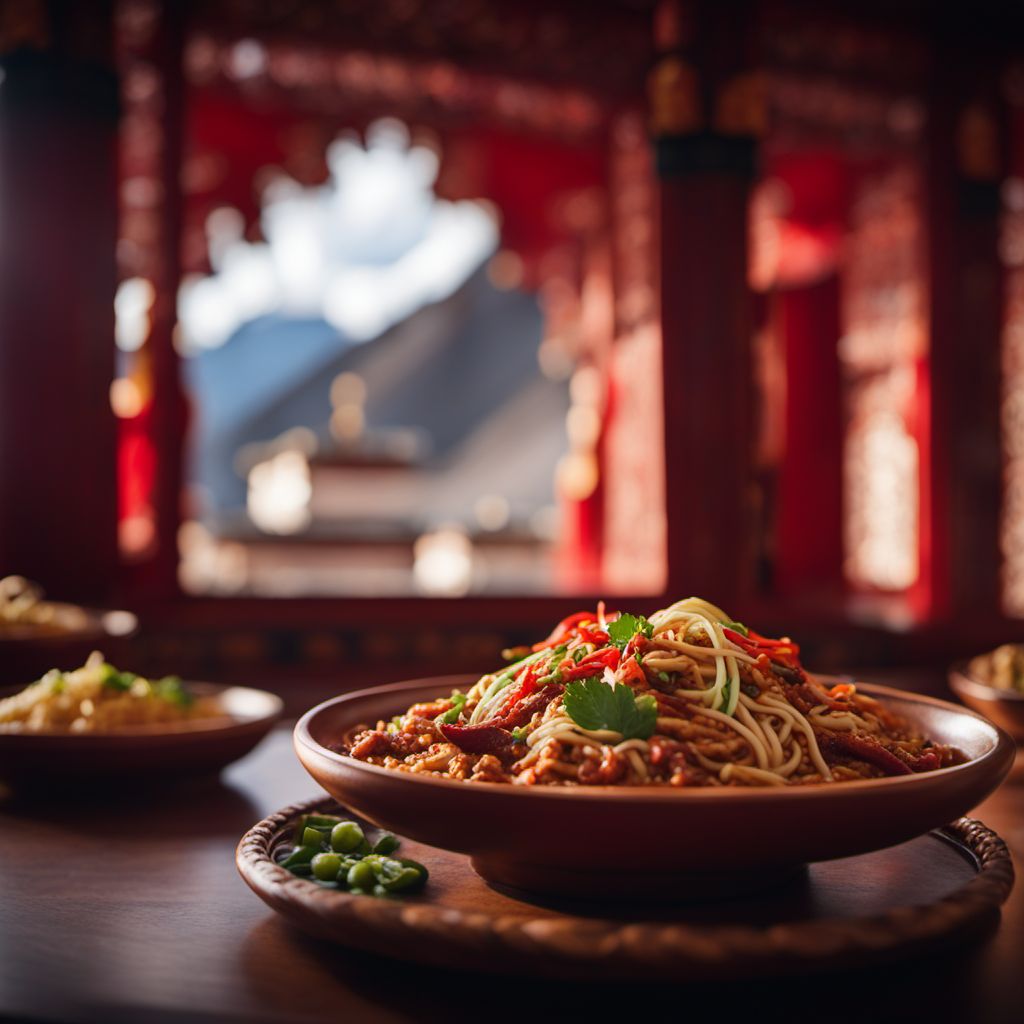
Cuisine
Tibetan cuisine
Tibetan cuisine is characterized by its hearty and warming flavors, with a focus on meat and dairy products. It is known for its use of yak meat, butter, and cheese, as well as barley and other grains. Some of the most popular dishes include Thukpa (noodle soup), Momos (dumplings), and Shapta (stir-fried meat).
Typical ingredients
Yak meat, Butter, Cheese, Barley, Wheat, Rice, Potatoes, Carrots, Onions, Garlic, Ginger, Chili peppers
Presentation and garnishing
Tibetan cuisine is often presented in a simple and rustic style, with dishes served in bowls or on platters. Garnishes may include fresh herbs and vegetables.
Tibetan cuisine is also known for its butter tea, a traditional drink made from tea leaves, yak butter, and salt.
More cuisines from this region...
Sichuan cuisine, Cantonese cuisine, Shanghai cuisine, Shanxi cuisine, Zhejiang cuisine, Putian cuisine, Shandong cuisine, Chiuchow cuisine, Teochew cuisine, Yunnan cuisine
History
Tibetan cuisine has a long history dating back to the pre-Buddhist era. It was heavily influenced by the local climate and geography, which made it difficult to grow crops and led to a reliance on meat and dairy products. Tibetan cuisine became popular throughout the Himalayan region, and has since spread to other parts of the world.
Cultural significance
Tibetan cuisine is an important part of Tibetan culture, and is known for its hearty and warming flavors. It has been influenced by the region's Buddhist traditions, which emphasize compassion and non-violence.
Health benefits and considerations
Tibetan cuisine is believed to have many health benefits, including aiding digestion, boosting the immune system, and promoting cardiovascular health. However, it can also be high in fat and calories, so it should be consumed in moderation.
Tibetan cuisine dishes

Shogo khatsa
Potato Fries
Shogo khatsa is a traditional Bhutanese dish made with potatoes and cheese. It is a hearty and comforting dish that is perfect for a cold winter day.
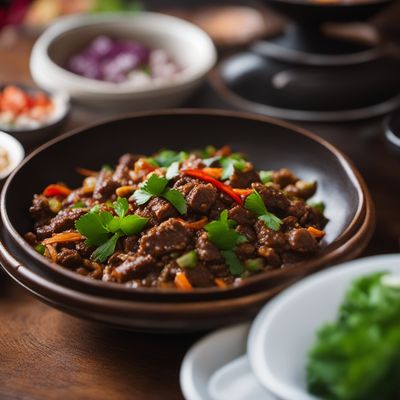
Shapta
Shapta is a Tibetan stir-fry dish that is made with beef, onions, and spices. It is a flavorful and hearty dish that is perfect for cold winter days.

Amdo balep
Amdo balep is a Tibetan flatbread that is often served with butter tea or other Tibetan dishes.

Guthuk
Tibetan noodle soup
Guthuk is a traditional Tibetan soup that is made with barley, vegetables, and meat. It is a hearty and filling dish that is often served during the Tibetan New Year.
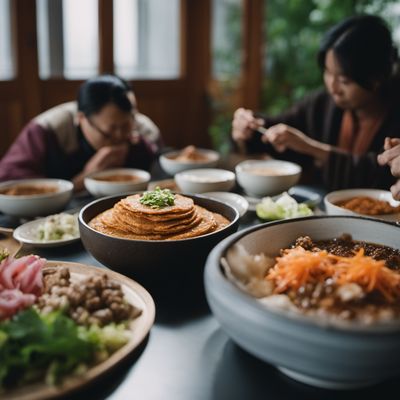
Namdo balep
Namdo balep is a traditional Korean dish that is made with buckwheat flour and water. It is a type of pancake that is typically served with a variety of toppings, such as...
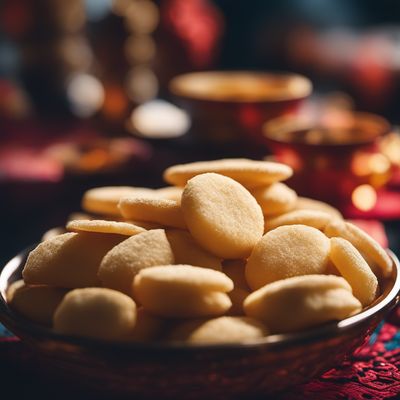
Khapse
Khapse is a traditional Tibetan snack that is made with flour, butter, and sugar. This sweet and crispy snack is often enjoyed during festivals and special occasions.
Tibetan cuisine recipes Browse all »
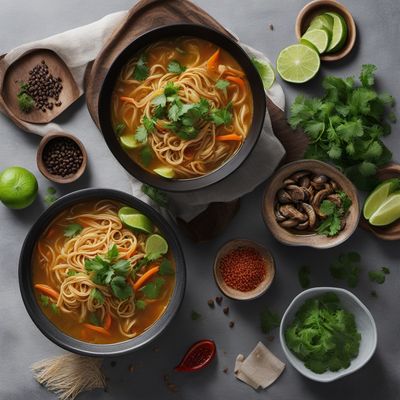
Guthuk - Tibetan Noodle Soup
Hearty Tibetan Noodle Delight

Namdo Balep - Tibetan Flatbread
Himalayan Delight: Flavorsome Tibetan Flatbread
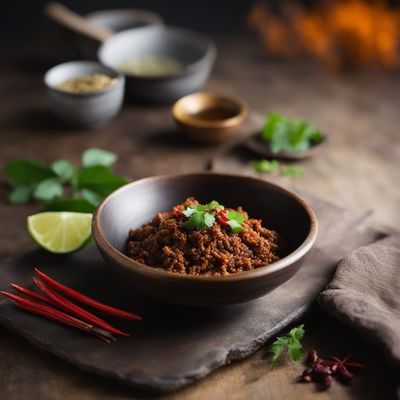
Tibetan Funge: A Unique Twist on a Traditional Dish
Yak Butter Funge: A Tibetan Delight with a Creamy Twist

Tibetan-inspired Zserbó Delight
Himalayan Fusion: Tibetan-inspired Zserbó Delight
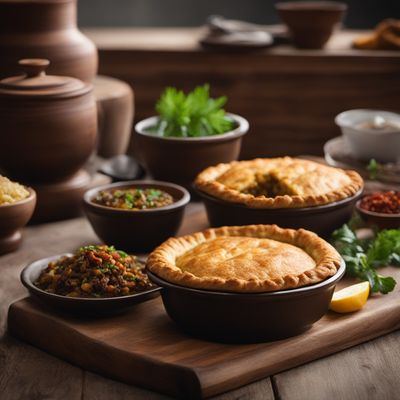
Tibetan-style Meat and Potato Pie
Himalayan Delight: Tibetan Meat and Potato Pie
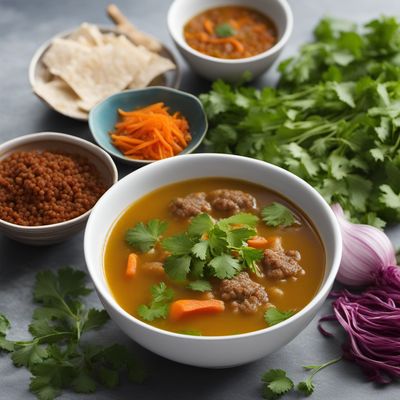
Tibetan Bori-Bori Soup
Hearty Tibetan Dumpling Soup: A Taste of Comfort and Tradition

Tibetan Mulita
Spiced Tibetan Delight: A Fusion of Flavors in a Mulita

Tibetan-inspired Spiced Meat Patties
Himalayan Spice Delight: Tibetan-inspired Ajdučka Pleskavica

Tibetan Butter Cookies
Heavenly Delights: Tibetan Butter Cookies

Tibetan-style Potato Gratin
Himalayan Delight: Tibetan Potato Gratin

Tibetan Lemon Ice Box Pie
Zesty Tibetan Delight: Lemon Ice Box Pie with a Himalayan Twist

Tibetan-style Alheira
Spiced Sausage Delight: Tibetan Twist on Alheira